Fallen Flags II
By Jim Herron
All photos are copyright by George Elwood
“There is nothing permanent, except change.”
In the second of three parts, we continue to review the loss of identity of America’s railroads after World War II, through merger, absorption, bankruptcy or business failure.
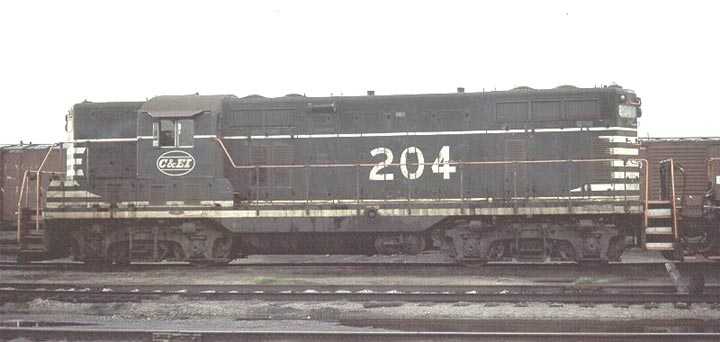
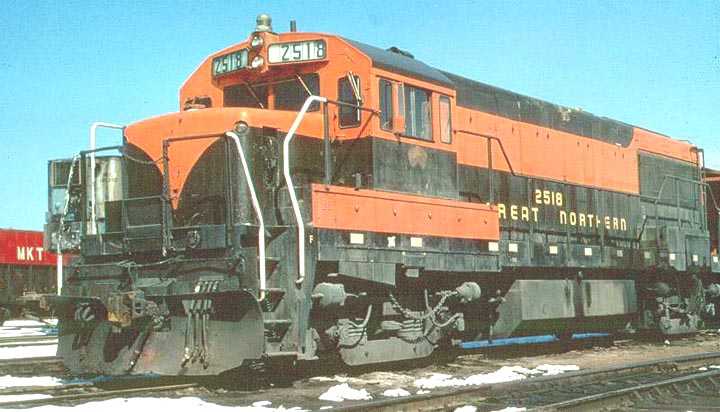
Pittsburgh & West Virginia created in 1917 was bought into the Norfolk & Western in October 1964, along with the NKP and Wabash.
Kansas, Oklahoma & Gulf, a 327-mile route, was absorbed by the Texas & Pacific in 1964.
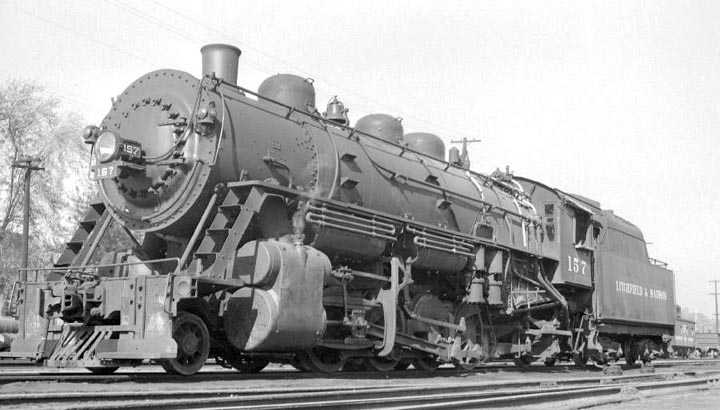
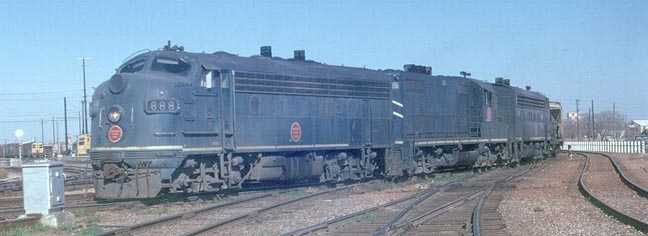
The Southern Railroad rescued Georgia & Florida, a short line, from receivership in 1963.
Seaboard RR consolidated with the Atlantic Coast Line and became the Seaboard Coast Line in July of 1967.
Norfolk Southern merged with Southern in 1974.
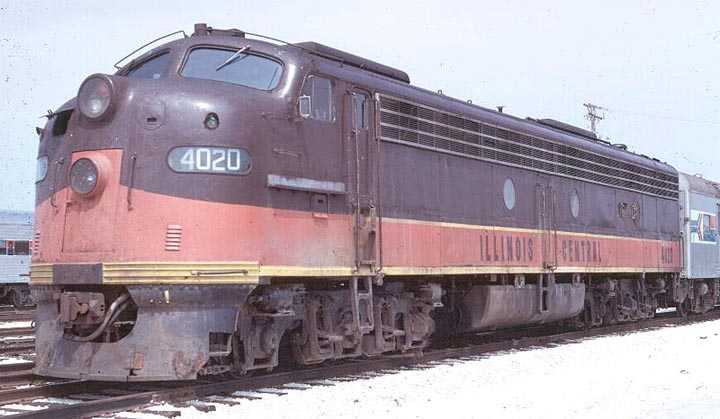
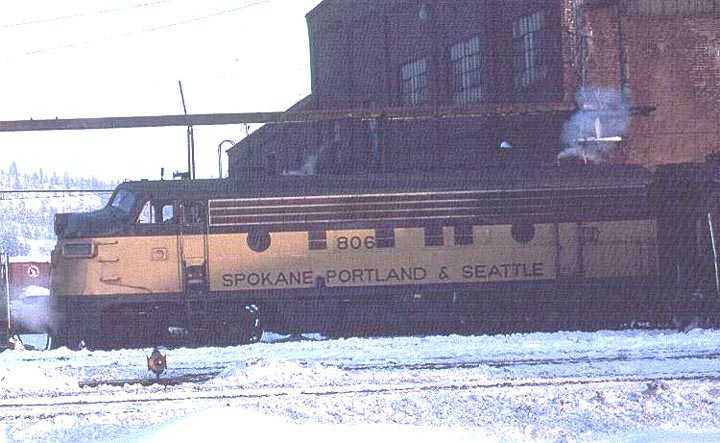
Akron, Canton & Youngstown, a 169-mile route, was taken over by Norfolk & Western in 1964.
Western Maryland, an 861-mile coal route, is now part of the Chessie System.

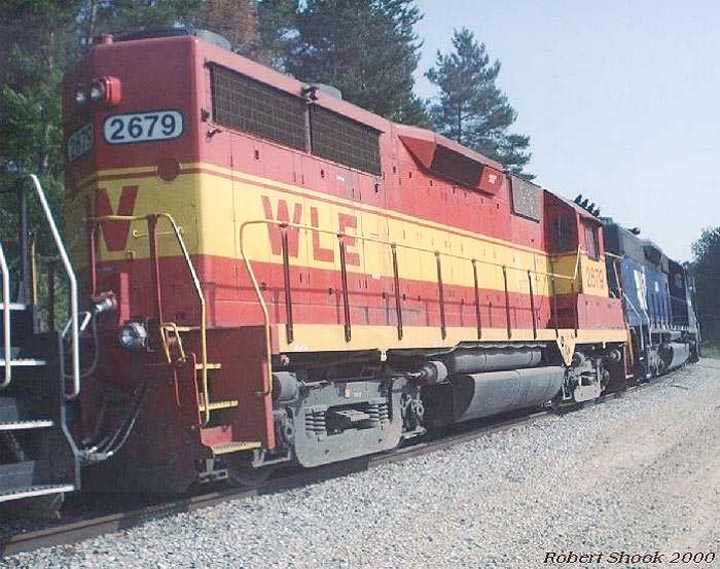
Texas & Pacific, a 2100-mile main line, was lost in a takeover by Missouri Pacific.
Tennessee Central, a 285-mile carrier, shut down in August 1968. L&N took over most of the route.
Savannah & Atlanta, a 144-mile route, merged into SR Central of Georgia in 1971.
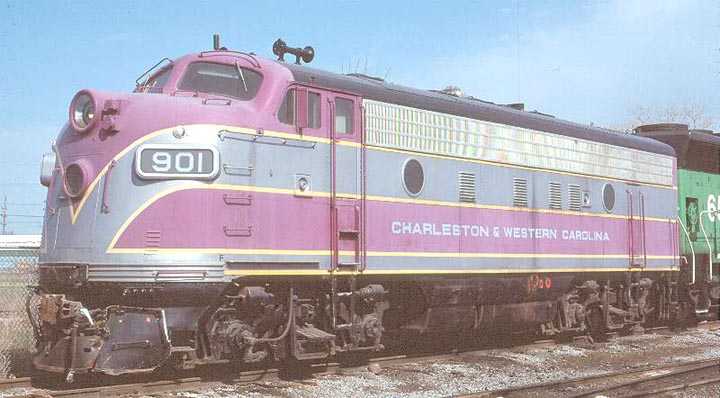
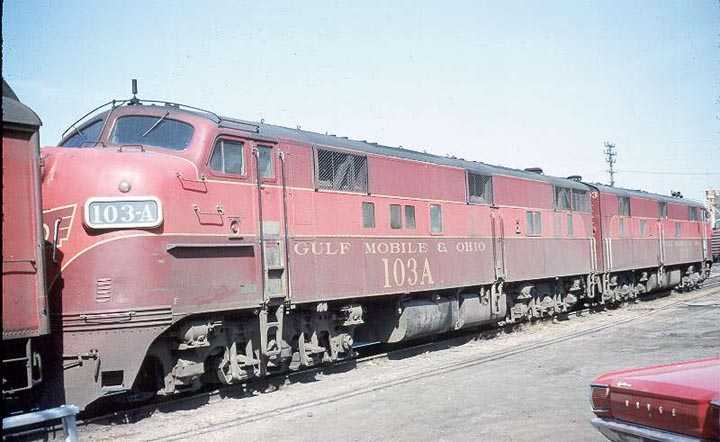
Columbus & Greenville, a 168-mile Mississippi short line, merged into Illinois Central Gulf in September of 1972, but was later dismantled.
Atlanta, Birmingham & Coast RR fell to parent Atlantic Coast Line in 1945.
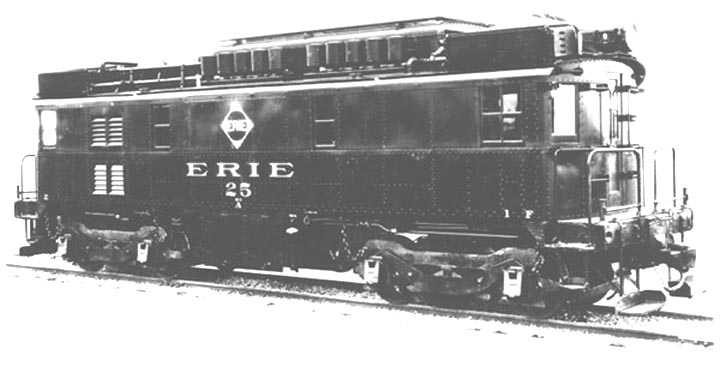
New York, Ontario & Western, a 541-mile coal hauler, eclipsed CM as the nation’s largest railroad to be abandoned in 1957.
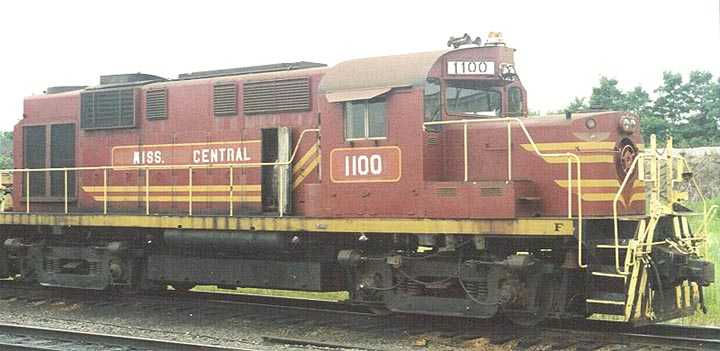
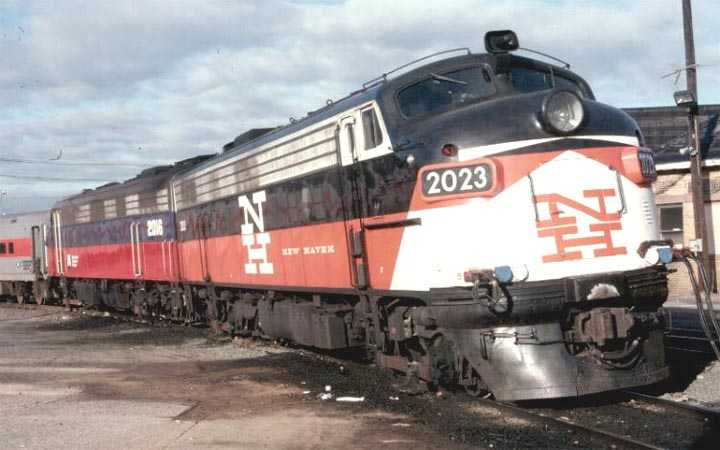
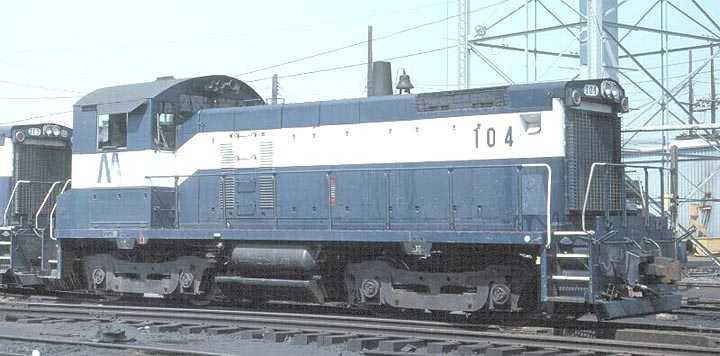
Chicago Great Western, a 1400-mile route, merged into Chicago and Northwestern (C&NW) in July 1947.
Rutland Railroad, a 400-mile route was abandoned after reorganization and a strike in 1950.
Next month: Part III of Fallen Flags, as the whittling down continues through 1997.





